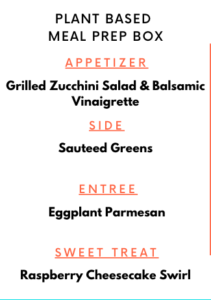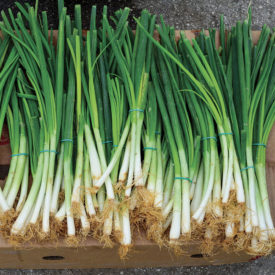
This week, we have Avocados
Now sometimes lovingly known as the avo, avocados are divided into three categories: West Indian, Guatemalan, and Mexican. Thanks to cross-pollination, however, there are hundreds of hybrids with varying characteristics, and in the islands, trees produce some of the biggest, best avocados in the world. Here’s why: The microclimates and supreme soils result in larger fruits with larger amounts of healthy oils, like polyunsaturated fatty acids, minerals, and nutrients.
Hawaii’s main avocado export is the Sharwil (a cross between Mexican and Guatemalan types)—but only recently. Just within the past five years, the United States Department of Agriculture lifted an embargo from 1992, which banned this island cultivar from reaching the mainland. Prized for its buttery flavor and small pit, this breed of avocado grows especially well in the Kona district of Big Island. But different regions bear different fruit—so there’s plenty to choose from.
Avocados are a source of vitamins C, E, K, and B6, as well as riboflavin, niacin, folate, pantothenic acid, magnesium, and potassium. They also provide lutein, beta carotene, and omega-3 fatty acids. Avocados contain high levels of healthy, beneficial fats, which can help a person feel fuller between meals.
Preparation
How to cut or slice avocados in half:
- Be sure to fully wash before cutting or slicing.
- Place the avocado lengthwise on a secure surface.
- Hold the avocado securely with one hand, and slice slowly down the center lengthwise around the seed, starting at the narrower end.
- Holding the avocado in the palm of one hand, use your other hand to twist and rotate the two halves apart.
- Use a teaspoon to remove the stone from the center of the avocado. Use a dessert spoon to scoop the whole avocado flesh out from the shell if required. Cut into slices, chunks, or mash with a fork.
What else is in the bag?
Try out these recipes!








